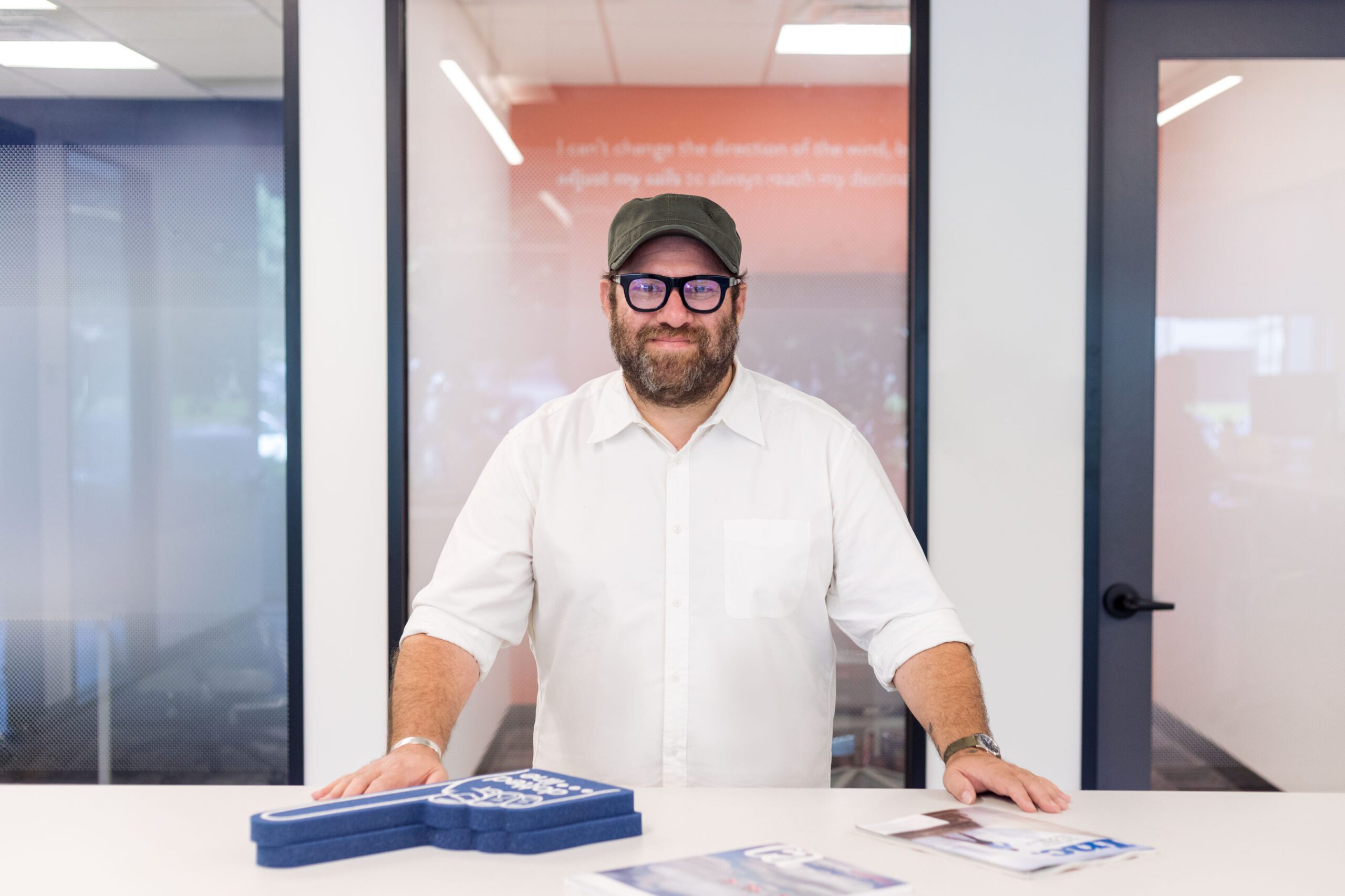By Lauren Sweeney
My daughter just celebrated her 4th birthday. As a parent, I’m enjoying this time because many of the small moments we often look past as adults come as a big deal to her. Her latest fascination is staring at the night sky and counting stars. She points out the moon and draws lines in the sky with her finger. Amid the vast, dark evening sky, she loves to figure out what shapes she can create.
Her experience parallels DLA’s own story, as we looked at today’s complex and, frankly, messy media landscape and thought there had to be a better way. And there is. We step in with our clients to plot and unpack opportunities across a strategic path that delivers measurable growth for their business.
Everything starts with understanding your customer. If you’re not reaching them where they are and telling them what they need – not want – to hear, then you’re wasting what might look like great creativity and setting it loose in uncharted skies. Not convinced? Research shows that 26% of marketing spending fails to hit the mark.
No matter the state of the economy, companies say they have limited dollars to invest, but marketing is critical to building awareness and engaging with current and future customers. As they mature, their marketing needs evolve in lockstep. At DLA, we always start with strategy and wrap it with storytelling at every touchpoint in the customer journey.
Taking your marketing to that next level begins with asking yourself some critical questions.
1. How well do you understand your target consumer and their buying preferences and journey with your brand?
You’ve long heard the customer’s always right. When it comes to marketing, that’s never been truer. Understanding your customer’s expectations, objectives and interactions is essential to crafting a marketing strategy that hits those goals. DLA’s research team focuses on your business, of course, but we learn just as much by studying your key competitors.
We use those insights across the full buying experience because no single customer action occurs in a vacuum. Effective marketing transitions seamlessly with the customer through that journey. By defining your target persona, we help you step into that person’s shoes to consider their experience.
2. Is your message telling a story?
Effective brand storytelling weaves together facts and emotions. For DLA, this is when we begin revving our creative juices. Armed with strategy and customer insights, we weigh how different messages and channels will best meet and connect with your audience. We believe in leading with emotion rather than a cut-and-dry sales pitch. The more you engage with your target, the deeper you build the relationship and the closer you advance to creating an advocate – not just another customer.
Tie in the story behind your brand. Help customers buy into why you’re here and why it matters.
3. Do you have clear key performance indicators for your marketing mix at each stage of the buying journey?
We recommend setting at least one key performance indicator at each stage. Align that to the message your customer needs to understand and takeaway from their interaction with your brand. If you aren’t tracking progress, you don’t know if you’re advancing or retreating from your goal.
As an agency designed for emerging brands, we have built our business in helping our customers generate sustainable growth. We help our partners refine their internal brand and self-understanding, gather unprecedented levels of insights on their customers and markets, and pursue the appropriate-to-them marketing mix that aligns with corporate goals. We believe in rolling up our sleeves, digging into research, and then arming our creatives with a strategic plan that gets them thinking in the right way to deliver for our clients.
Stayed tuned for our next post, which will look at how we assemble A-level players to deliver creative that sizzles and delivers growth.
;)
;)
;)
;)

;)
;)
;)
;)
;)
;)